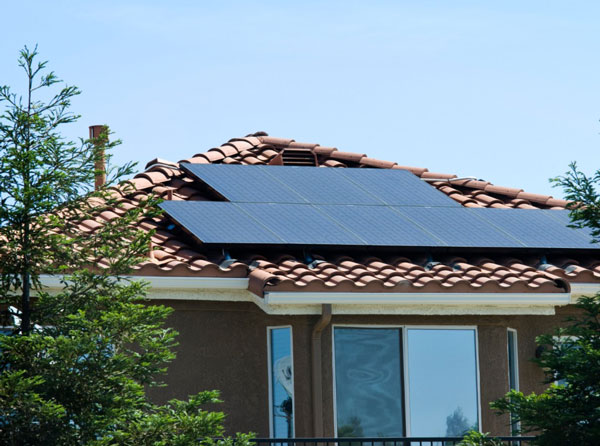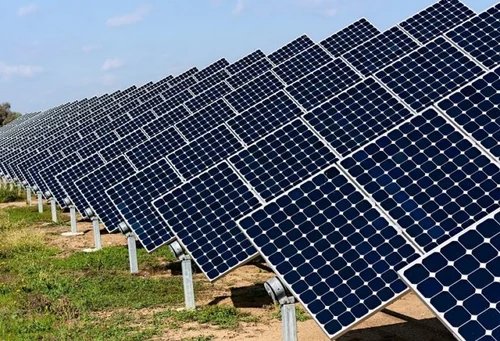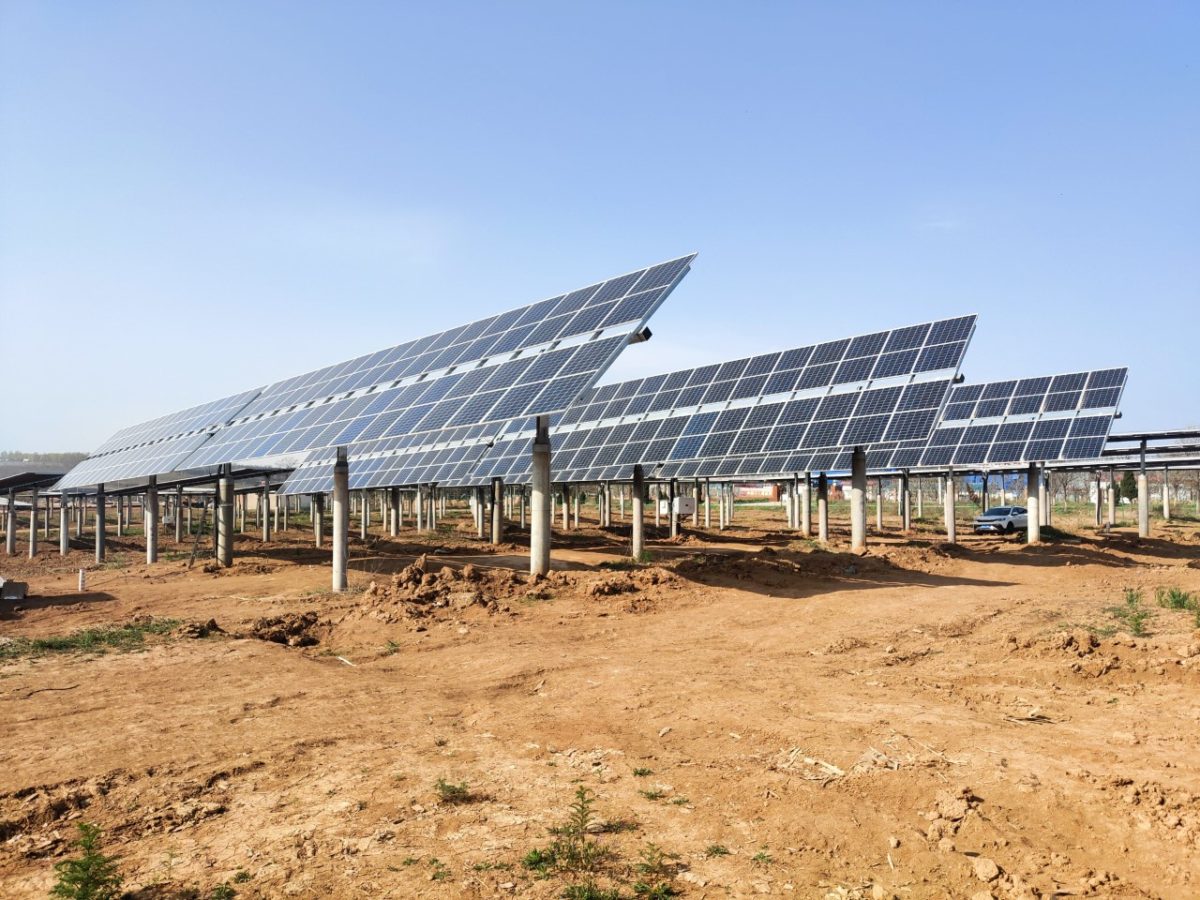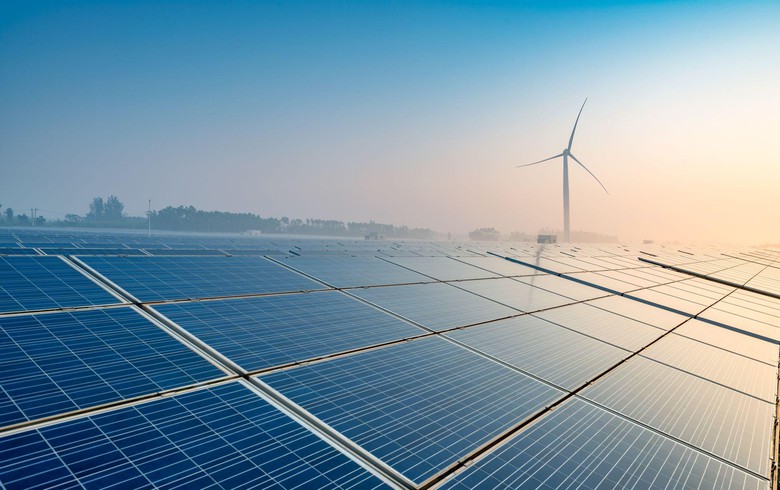Reduced Energy Bills
Going residential solar is a massive step in reducing your monthly electricity costs. Through solar systems, homeowners typically see their monthly energy bills go down by 50-75%. For instance, a California home might have an $200 monthly electricity bill. Post solar installation, this cost would go down to $50 or less. The drop is that substantial because the panels generate the bulk or all the electricity that such a home would require to use.

Added Home Value
At no cost to you, having a solar installation in your home has shown to appreciate your market value immensely. Home buyers are willing to pay more for a home fitted with solar installations, generally $15,000 more on average for a standard home solar system. This fact is underlined by how fast the homes sell, generally 20% faster than homes without solar systems.
Tax Incentives and Rebates
For homeowners in the United States, the federal government provides the Investment Tax Credit which covers 26% of the total cost of installing their solar system from their federal tax. Moreover, several states and municipalities offer further rebates and incentives that can amount to thousands of dollars in total. In New Jersey, residents have the ability to claim up to $10,000 in rebates, reducing the costs further and providing a quicker return on investment.
Energy Independence
In addition to independence from utility companies, homes can produce power from their sources. National grids and resources such as natural fuel should be reduced because solar panels generate power for your home. During the peak hours or peak times of the day and night where and when electricity is also the most valuable, a home can create power through a solar system, removing the amount of power it does at its disadvantage. Furthermore, different from when the grid is down, homes can also have a solar battery installed. This feature allows such homes to carry on producing electricity, giving the advantage to live on without any obstacles. There can be long-lasting power for all the devices and luxuries in the house.
Environmental and Social Benefits
Home systems’ direct benefits are the reduction of the carbon footprint due to climate change. A single residential system can reduce the amount of carbon emissions by the house by between 3 and 4 tons each year. That is the equivalent of 100 trees being removed each year. The dirt stays on the ground, lessening the need for less use of the fossil fuel.

Increased Home Value
Putting up solar panels makes a huge difference in a home’s worth besides the vast energy savings. Solar systems sell for more in the real estate marketplace, and multiple real estate market studies have shown this. The Lawrence Berkeley National Laboratory disclosed that homes with solar panels were consistently sold for a higher price. The average operating price benefits for homes with photovoltaic systems amounted to about $5.50 for installed watts. Consequently, for a 3.1-kilowatt solar energy system, the owner can gain a price of resale between around $16,800 and $21,000.
Home Buyers Want an Eco-Friendly Option
Home shoppers trigger an ever-growing trend of purchasing environmentally friendly homes. According to one survey from the National Renewable Energy Laboratory, homes with solar panels spend twenty percent less time on markets because home buyers in there buy them regularly. At least in part, the trend is attributable to increasing awareness of sustainability and a desire for homes that provide users with low concerns on utility payments. Home value increases depend on different assumptions and can differ significantly.
The Significant Economic Benefits
Solar panel installations result in savings other than the value increase of a home they offer. When the U.S. Department of Energy calculates that those who installed solar energy systems recover the cost of residential solar energy systems when they sell their homes, the department did not stop there. The DOE added that due to the provision of electricity to the house and the possibility of acquiring tax credits, the homeowner can understand a substantial return on investment. In marketplaces with high established prices for electricity and solar incentives, such as California and Arizona, the likelihood that solar photovoltaic systems will improve the bottle value is high. As a result of the increase in homes’ worth, homeowners have better options for developing solar systems that are estimated to appeal to a wider range of home buyers.
Energy Independence
Harnessing solar energy allows homeowners to decrease their grid dependence, making a household self-sufficient in terms of energy. For example, a home solar system in a warm state such as Arizona or Florida can already do that and produce surplus energy to store in a battery for the night away from the peak usage time, which is also peak pricing time during the day.
Peak Charge Hours
Usually, electricity prices rise during peak hours when the grid is overloaded and every other customer aims at using electricity after returning from work west of 6 p.m. Solar panel users do not experience these peak charges as they can either use the energy they have been saving during the day or take that stored in a battery. In some markets, homeowners benefit even more by selling their surplus energy back to the grid, using the grid as an energy storage unit and being paid the peak price for it.
Outage Security
A solar panel system, in this case – one that includes batteries, is the critical source of energy safety known to the author. Following the example of hundreds of thousands of families across Texas, a married couple also had no trouble regarding electricity. Having an energy system independent of the grid, the net-zero solar system in Texas powered the home with ease. In case of an emergency, such a system is able to provide all the necessary power compared to the dependent system in favor of the grid throughout the whole state.
Defunding the Oil Companies
With solar energy, a household uses much less fossil fuels – the major source of electricity in many states. Developing solar panels makes local customers less vulnerable to fuel price spikes. There can be local shortages of particular types of fuel for a couple of days or spikes in oil prices that make the grid simultaneously use much more of it. Customers still obtain the energy they need, whereas grid-dependent households suffer the volatility impact not linked to solar.
Low Maintenance Costs
Solar energy systems are well-known for their minimum requirements in terms of maintenance. While other systems used among houses require regular repairs due to falls and routine adjustments, panels should only be cleaned once a year. That cost might reach $100 if a homeowner decides to hire a professional vent cleaning service who charges approximately $50 per hour. However, in most cases, a homeowner can easily clean the panel by using a hose and a little bit of soap which does not require a considerable investment. It means that solar panels are relatively low-maintenance compared to other devices such as HVAC.
Unmatched Durability
In addition to low requirements in terms of maintenance, many professionals claim that one of the most considerable advantages of solar technology in comparison with other solar alternatives is unmatched durability. Solar systems often come with a warranty of 25 to 30 years and even after this period the majority of panels do not require substantial repairs. The overall efficiency loss might vary for 10 to 20 percent, which is a negligible amount in comparison with alternatives. In contrast, while the other types of energy systems are expected to serve houses for such a long time they usually need to be changed or significantly repaired multiple times.
First Signs of Potential Problems
Today, almost the majority of relatively new solar PV systems come with monitoring software. Homeowners have an opportunity to check their efficiency at any moment and due to that, they can carefully monitor their condition. In the case of any issues, there are no regular service calls as solar companies should be capable of maintaining the panel in a rather autonomous mode.
The Warranties
At the same time, modern solar installations come with various types of compensation for a vast array of potential problems. For example, while the warranty for the majority of the alternates only covers failures of the inverter which is likely to be an issue at some point of operation for users, it is only going to be an issue every 10 to 15 years. Nonetheless, many companies offer an opportunity to add to existing warranty duration to ensure homeowners do not spend significant budgets on their replacement.

Tax Incentives and Rebates
Federal Tax Credits
Savings for homeowners who decide to install solar energy in their houses in terms of upfront costs and improved returns various tax incentives and rebates. The federal Investment Tax Credit permits a homeowner to deduct 26% of the cost of installing a solar power system from the on the owners ‘ tax burden. Therefore, the credit doesn’t only affect the costs needed to buy solar panels themselves but also the cost of all the associated costs with the installation; alternations, the tax credit, can significantly improve the financial feasibility of solar conversion.
State and Local Incentives
Many states provide additional rebates and credits to their homeowners in order to further lower the upfront costs needed to adopt solar energy as a power source. For instance, in New York, the installed solar system qualifies to an additional state tax credit to be calculated after the federal ITC is applied. This law is capped at $5000 or 25% installation costs, whichever is lower. In combination with the federal ITC, the benefits may reduce solar panel installation costs by another 30%.
Utility Company Rebates
Some utilities are providing rebates to their clients who install solar systems in their homes. These rebates not only cover the installation charges but can range from 500 to 2000$. The higher costs for the local utilities are part of their plans that are trying to reduce power outages caused by high demand of the central grid at peak times. During these periods, each solar system is charging its batteries with no demands on the grid. The comfort this provides is reflected in the solars system installation rebates, which range from 500 to 2000$. That money falls off the installation costs and the owner’s repayments.
SREC Markets
SREC market is one where Solar Renewable Energy Credits are traded for money. Homeowners who install the solar power systems in the states that they may be traded in an open market, generate the credits in the process. These credits represent 1000 kilowatt hours the power prodcuing system generates. In New Jersey, SRECs traded this year or 225$, so the solar system would add no less than annual 225$ in the owner’s pocket.
Sustainable Energy Source
Solar energy can be regarded as one of the best examples of sustainable power generation due to its use of the sun’s virtually inexhaustible energy to provide clean electricity. This approach completely alleviates the associated greenhouse gas releases and sufficiently contributes to the common fight with climate change. For example, a single residential solar system is estimated to prevent about 5,000 pounds of carbon dioxide every year, which is equivalent to planting around 155 trees annually.
Widespread innovations in solar technology
Compared to the last decade, modern solar system panels have dramatically increased their efficiency, doubling the average performance from 15% to above 22%. As these advancements allow them to generate more power across the same distance, more households are now able to afford convenient power generation solutions. In addition, the latest bifacial panel models, capable of capturing direct sunlight from both sides, are even more efficient, enabling a drastic up to 30% increase in energy yield relative to the single-sided alternatives.
Long-term functionality and reduced energy crises
As more and more time passes, the reliability of solar panels is endorsed throughout the whole system’s life expectancy, which is now assumed to be about 30-35 years. The long-term results help not only mitigate the long-term prevalence and severity of energy crises but also reduce household utility independence alongside local fuels in cases of grid disruptions or incredibly high electricity costs.
Conservation of local ecosystems
In whereas to the massive habitat destruction impacts of other extraction and production methods, solar energy facilities, even in large-scale power plants, only need a minute fraction of land, thus preventing sufficient habitat destruction that would be typical of energy infrastructure. Furthermore, both rooftop solar energy systems and small ground arrays allow for the continued use of most land areas, with no gas or water pollution caused by the current and oil transportation of biomass and the associated catastrophic accidents. In all, this situation makes both high and low-technology solutions a solid foundation of future sustainable development, as it is proven that switching to renewable gas and power is a certain way to ensure responsible ecological policies and ensure no less of a minor energy output in any given household.



